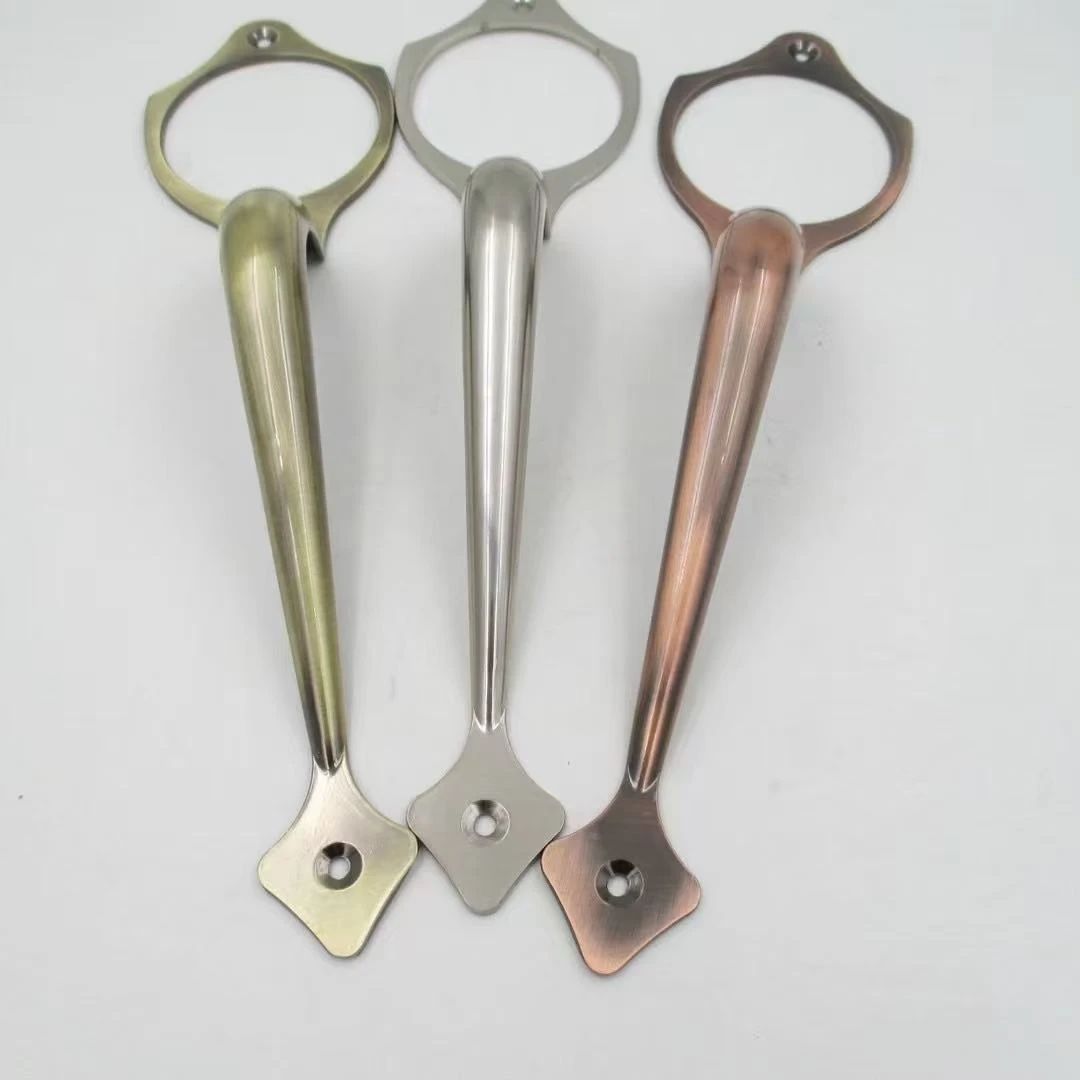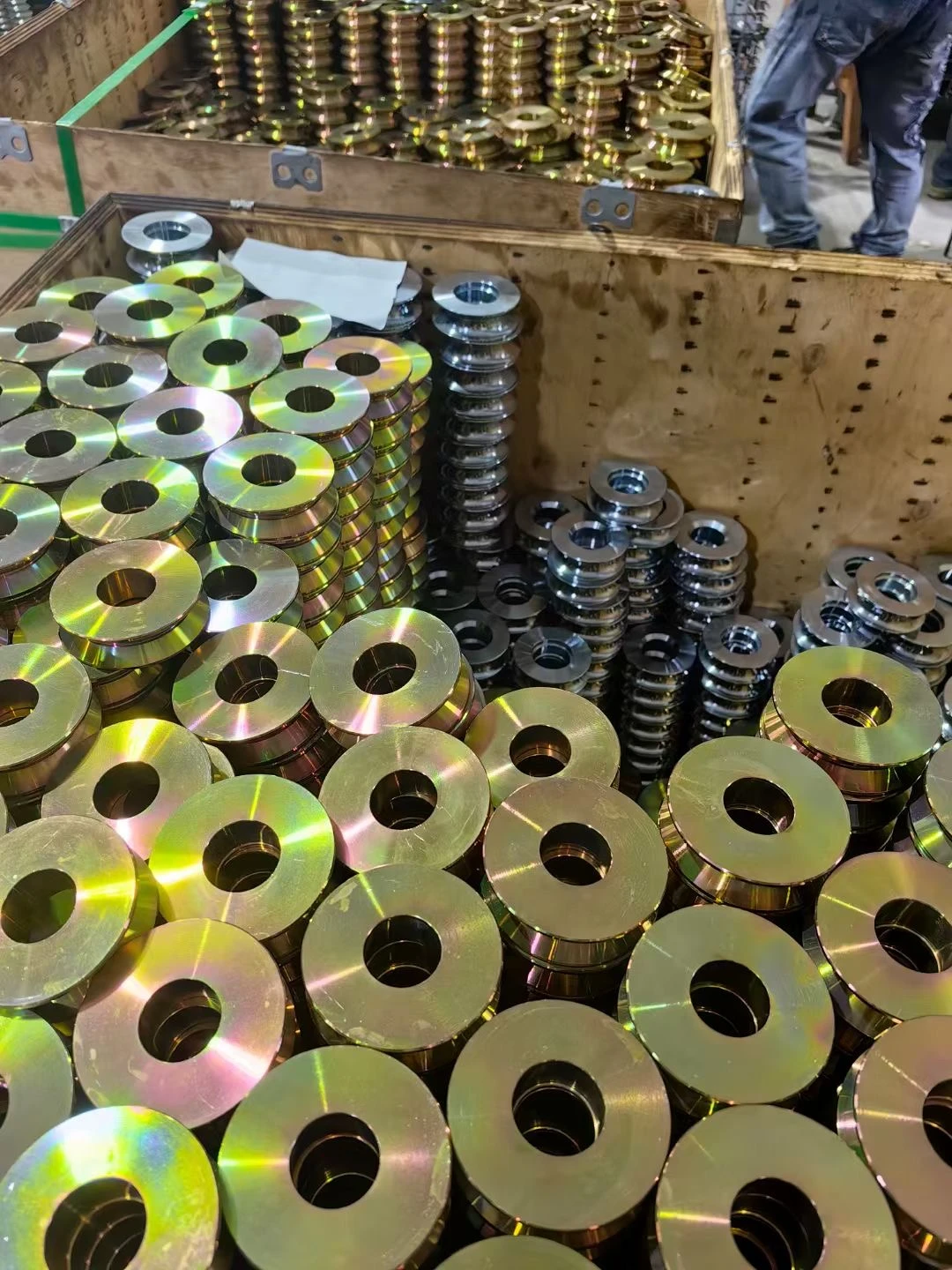Understanding Rust Formation on Wrought Iron Surfaces and Its Prevention Techniques
Rust on Wrought Iron Causes, Effects, and Preventive Measures
Wrought iron has been a fundamental material in construction and manufacturing for centuries, prized for its strength, ductility, and resistance to fracture. However, like many metals, wrought iron is susceptible to rusting when exposed to moisture and oxygen over time. Understanding the causes and effects of rust on wrought iron is essential for preserving its integrity and extending the lifespan of structures and objects made from this versatile material.
Understanding Rust Formation
Rust is a specific form of corrosion that occurs on iron and its alloys when they are in contact with water and oxygen. The chemical process involves a series of electrochemical reactions that lead to the formation of iron oxides, mainly hydrated iron(III) oxide (Fe₂O₃·nH₂O). Wrought iron, unlike cast iron, has a fibrous structure, which can absorb and retain moisture, thus accelerating the rusting process when environmental conditions are favorable.
Several factors can contribute to the rusting of wrought iron. The presence of water is the most significant, as moisture creates an electrolytic environment that facilitates the electrochemical reactions. Even small amounts of water from rain, humidity, or condensation can initiate rust formation. Additionally, contaminants such as salt, dirt, and pollutants can exacerbate corrosion by providing additional electrolytes that speed up the reaction. Furthermore, the pH level of the environment plays a critical role; acidic or alkaline conditions can increase the rate of corrosion.
Effects of Rust on Wrought Iron
Rust not only affects the aesthetic qualities of wrought iron but also significantly impacts its mechanical properties. As rust forms, it expands, leading to spalling and cracking, which can compromise structural integrity. Over time, continued corrosion can weaken wrought iron components, leading to failures in structural applications, such as bridges, railings, and gates.
rust on wrought iron

Moreover, the presence of rust can create a hazardous environment. The peeling and flaking of rusted metal can pose risks of falling debris and injuries. In addition, rust can interfere with the functioning of mechanical parts, leading to mechanical failure and increased maintenance costs. Therefore, addressing rust formation is critical for safety, longevity, and functionality.
Preventive Measures Against Rust
Preventing rust on wrought iron requires a proactive approach that includes protective coatings, regular maintenance, and environmental control. One of the most effective methods is applying protective paint or a rust inhibitor. These coatings create a barrier that prevents moisture and oxygen from reaching the metal surface. Specialized paints for metal surfaces often include corrosion-resistant additives, making them particularly effective for outdoor applications.
Regular inspections and maintenance are also vital in preventing rust. Areas prone to water accumulation, such as low spots or joints, should be monitored closely. Immediately addressing any signs of rust or corrosion, such as surface discoloration or flaking, can prevent more extensive damage. Sanding down rusted areas and reapplying protective coatings can help prolong the life of wrought iron structures.
Additionally, controlling the environment around wrought iron can significantly reduce the risk of rust formation. Keeping wrought iron items away from moisture, using dehumidifiers in enclosed spaces, and ensuring proper drainage in outdoor applications can help mitigate rust hazards. For outdoor installations, ensuring good airflow around the iron can also deter rust, as stagnant moisture creates a conducive environment for corrosion.
Conclusion
Rusting is a natural process that affects wrought iron, but with proper understanding and preventive measures, its effects can be minimized. By employing protective coatings, conducting regular maintenance, and managing environmental conditions, the lifespan and aesthetic appeal of wrought iron can be significantly enhanced. As we continue to use wrought iron in modern applications, addressing rust remains a pressing concern that must be managed diligently to ensure the safety and longevity of this historic material.
-
Window Lock Handle for Security UpgradesNewsJun.20,2025
-
Proper Lubrication Techniques for Sliding Gate WheelsNewsJun.20,2025
-
Ornamental Iron Castings for Interior DesignNewsJun.20,2025
-
Creative Ways to Decorate Around a Cast Iron FireplaceNewsJun.20,2025
-
Cast Iron Pipe and Fitting for Plumbing SystemsNewsJun.20,2025
-
Cast Iron Panel Casting for Architectural ElementsNewsJun.20,2025















